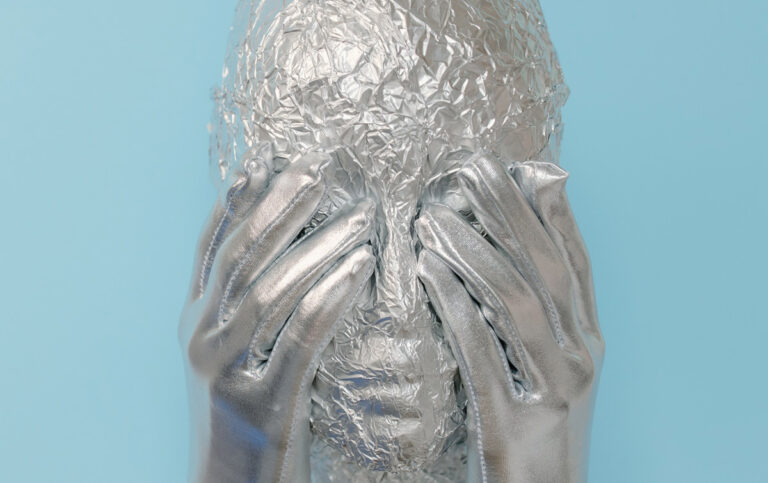Head of NASA suspects alien life exists outside of Earth

NASA’s newest administrator Bill Nelson suspects that humans are not alone in the universe as reported by Quartz. With the multiverse and simulation theories alone, not to mention the actual evidence of unidentified flying objects (UFOs) reported earlier this year, is anyone really surprised? What might surprise you however, is Nelson’s open-minded acknowledgement and acceptance of the above and how he stressed the importance of searching for extraterrestrial life in NASA’s future explorations.
“My personal opinion is that the universe is so big, and now, there are even theories that there might be other universes. If that’s the case, who am I to say that planet Earth is the only location of a life form that is civilised and organised like ours?” he stated in an interview with the University of Virginia’s Center for Politics last week, speaking to Larry Sabato, a professor of politics at the college. Nelson continued, “Are there other planet Earths out there? I certainly think so.”
Speaking on UFO sightings, the head of NASA—who himself travelled to space in 1986—shared that Navy pilots had reported hundreds of sightings since 2004 alone. Though the US government has been extremely cautious with listing these as evidence of alien life, Nelson raised eyebrows when suggesting these UFOs have a connection to alien technology. “I’ve talked to those pilots and they know they saw something, and their radars locked on to it,” he told the audience, continuing, “And they don’t know what it is. And we don’t know what it is. We hope it’s not an adversary on Earth that has that kind of technology.”
Nelson, who was sworn in for the role in May 2021, went on to explain that while it’s unclear, “it’s something.” “And so this is a mission where we’re constantly looking at, ‘What, who is out there? Who are we? How did we get here? How did we become as we are? How did we develop? How did we civilise?’ And are those same conditions out there in a universe that has billions of other suns in billions of other galaxies—it’s so large I can’t conceive it.”
Although Nelson is unable to provide us with any solid answers as of right now, what he does offer us is a pledge that NASA’s future work will invest in uncovering and answering those questions, “What do you think we’re doing on Mars? We’re looking for life. This is a part of NASA’s mission,” he said. Unlike the likes of Jeff Bezos and Elon Musk, the leader of the space group highlighted that the exploration of the universe should not detract from the importance of looking after the planet we already have.
“I’ll tell you what that [exploration] makes me think. I’d better be a better steward of what we have, because we’re messing it up, and we’re messing it up just the way we’re treating each other.” He continued, “So I know what my mission is, to be a better steward of this planet and be a better citizen of planet Earth.”




